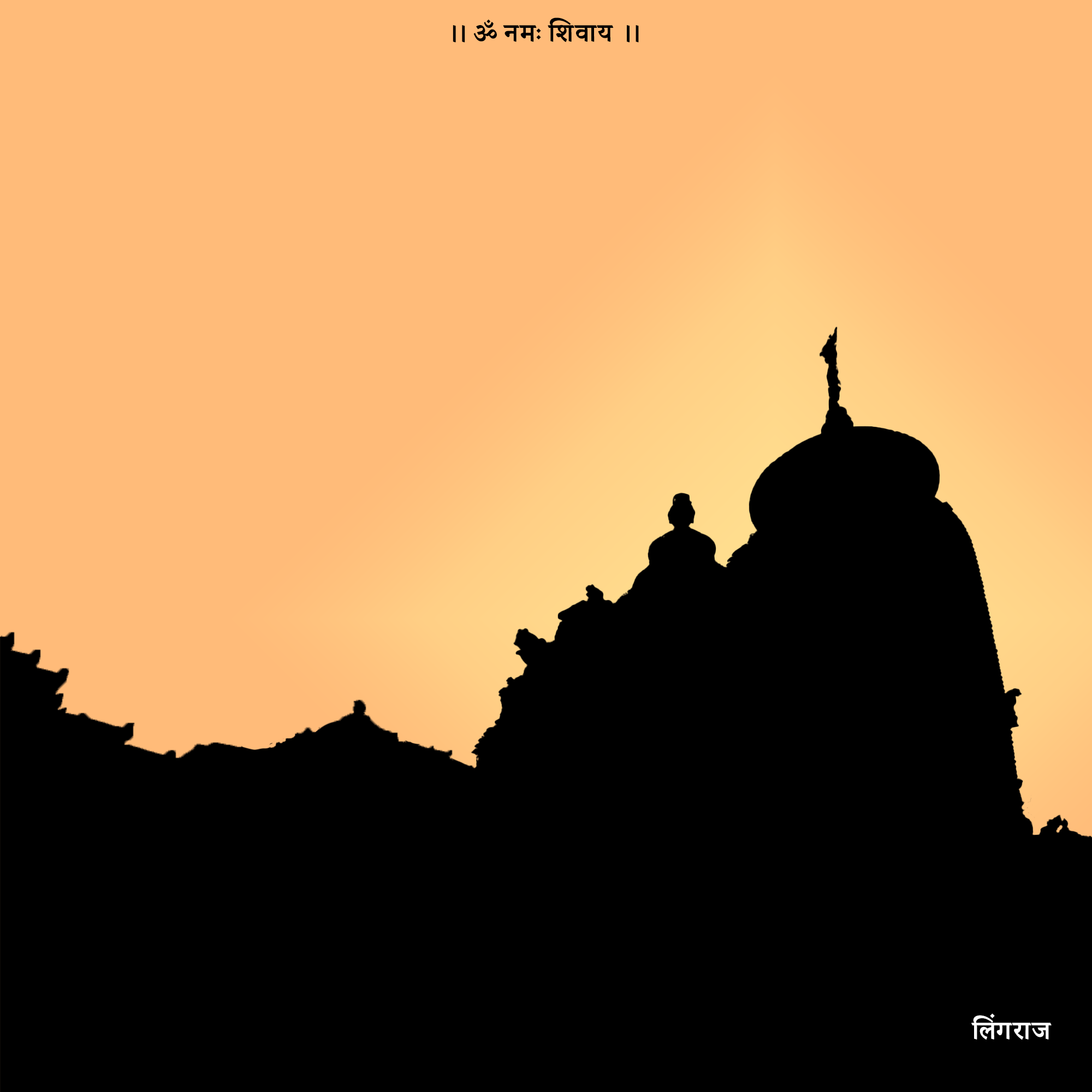The Lingaraja Temple is a well-known Hindu shrine to Lord Shiva that is situated in Bhubaneswar, the capital of the Indian state of Odisha. It is renowned for its magnificent architecture and historical significance and is one of the most well-known and beloved temples in Odisha. Several important details and facts regarding the Temple are provided below
Lingaraja Temple Location
Bhubaneswar, the capital of Odisha, is where you may find the Lingaraja Temple. It is a notable landmark in the area as well as a significant religious and cultural site.
Lord Shiva, also known as Lingaraja, is the primary deity of the Lingaraja Temple. A Shiva lingam, which symbolizes Lord Shiva’s omnipresence, is kept in the temple.
The Lingaraj Temple is the biggest and holiest shrine in Temple City Bhubaneswar. The temple is dedicated to Lord Harihara, which is another way of saying that it is a temple dedicated to Lord Shiva and Lord Vishnu.
This temple, which dates back to the eleventh century, is home to a Swayambhu Shivalinga that is estimated to measure eight feet across and eight inches tall. The city’s most popular tourist destination is the Lingaraj Temple, an architectural marvel that is exclusively open to Hindus.
Table of Contents
Architecture History and Importance
The Archaeological Survey of India (ASI) has designated the Temple as a monument of national importance and a site of historical and cultural value
The Lingaraja Temple was constructed in the eleventh century, under the rule of King Jajati Keshari. It is a prime example of the Kalinga architectural style, which is typical of Odisha temples.
One of the best examples of Kalinga style temple architecture is the magnificent Lingaraj Temple. A massive 22,720 square meter laterite compound wall surrounds the temple complex. The 180-foot-tall, captivating Lingaraj Temple, which easily commands attention from the city’s skyline, is located within this complex. In addition, there are 150 little shrines in the courtyard.
There are four primary sections to the sandstone and laterite temple: Vimana, Jagamohana, Nata Mandira, and Bhoga Mandapa. The principal sanctuary is called Vimana, and it has a 180-foot tower that is finely carved all the way around. The assembly hall, known as Jagamohana, has two entrances: one on the north side and one on the south. The assembly hall’s entry gates include lions on their hind legs etched into perforated glass.
The temple’s main entrance is located on its eastern side, with lesser entrance gates located on its southern and northern sides. Sandalwood was used to build the shrine’s gated entrance porch.
The Lingaraja Temple is exceptional in that it illustrates the change from the older Nagara style to the later Dravidian form of temple architecture, which is known as the Raja-Rani style. The phrase “Raja-Rani style” is frequently used to describe this fusion of architectural components.
Based on historical reports, Jajati Keshari, a Somvanshi ruler, constructed the Lingaraj Temple in the eleventh century. There is a notion, nevertheless, that the temple’s Swayambhu Shivalinga was revered as early as the seventh century. Mythological research indicates that the temple’s name originates from the Brahma Purana, an old Hindu text devoted to Lord Brahma. The shrine’s significance for the union of Shaivism and Vaishnavism, two of the major Hindu faiths, is an intriguing feature.
Festivals and Pilgrimage
The temple celebrates holidays like Ashokashtami, Chandan Yatra, and Mahashivaratri with great fervor each year. The most significant of these is Mahashivaratri, which is observed in the Hindu month of Phalgun. Thousands of worshippers come to the temple on this day to offer sacrifices to Lord Shiva. In addition, a lot of followers observe a daytime fast, breaking it at night when a large clay lamp known as a Mahadipa is raised atop the temple.
Starting on the blessing day of Akshaya Tritiya, the Chandan Yatra is a 21-day festival. The gods’ idols are brought to the Bindu Sarovar for this celebration, and exquisitely adorned narrow boats known as Chapas are used in a water parade. After that, water and Chandan, or sandalwood paste, are used to sanctify the idols.
Ashokashtami is the name of Lord Lingaraj’s yearly Rath Yatra, or the Car Festival. In accordance with the Hindu calendar, it is widely observed on the eighth day of Chaitra month (March/April). Throughout the celebration, a beautifully decorated chariot transports the deity of Lord Lingaraj to the Rameswar Temple, popularly known as the Mausi Maa Temple. After a ceremonial bath at the Bindu Sarovar, the idol of the deity is returned to the Lingaraj Temple four days later. To attend this occasion and pay their respects, devotees come in big numbers.
Visitation
The Mukteshwar Temple is close by and is regarded as a complement to the Lingaraja Temple. It is devoted to Lord Shiva’s aspect as Mukteshwar. Similar architectural elements and aesthetic decorations can be seen in the Mukteshwar Temple.
In the temple complex’s lively Ananda Bazaar, worshippers and guests can buy offerings, trinkets, and traditional Odia delicacies.
Visitors are welcome at the Lingaraja Temple to seek blessings, partake in rituals, and behold its magnificent architectural design. Before making travel arrangements, it is advised to confirm the temple’s operating hours and regulations.
The Lingaraja Temple is a significant religious site and hosts numerous festivals all year long. The celebration of holidays like Mahashivaratri, Ratha Yatra, and Kartik Purnima is very enthusiastic and active.
Also read about Ekambareswarar Temple.
